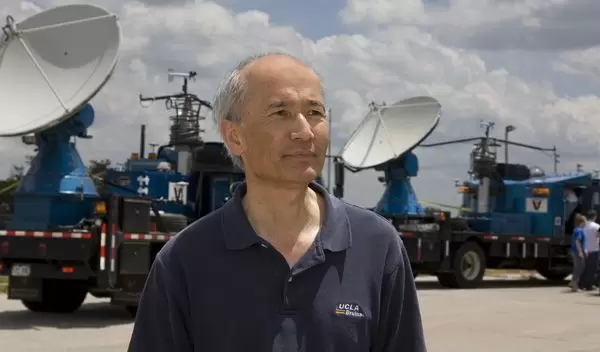
Five things you need to know about tornadoes
Find related stories on NSF's geosciences risk and resilience interest area at this link.
In May when tornadoes are in the news, the National Science Foundation (NSF) spoke with tornado expert and NSF Assistant Director for Geosciences Roger Wakimoto to learn more about these deadly storms -- including what new studies are telling us about how, where and when twisters form. The results will offer scientists better ways of predicting tornadoes.
1. Why does the U.S. seem to experience the most tornadoes in May?
The highest average number of U.S. tornadoes per month is in May, followed by June. May is the time when the two ingredients that are required -- very unstable air and strong vertical wind shear -- are most common. That being said, we're now seeing a trend of tornadoes breaking out earlier in spring, such as April or even March.
2. What U.S. states/regions have the most tornadoes, and why?
The Great Plains is where the most tornadoes occur; the region is often referred to as Tornado Alley. It's an ideal location due to warm, humid air flowing northward from the Gulf of Mexico at low levels, and cold, dry air coming down from Canada at upper levels, producing very unstable air. Beyond the Great Plains, tornadoes occurring over the southeastern U.S. have recently attracted scientists' interest.
3. Are there tornadoes in countries other than the U.S.?
Tornadoes are typical in the mid-latitudes, between 30 and 50 degrees north and south. Countries that experience tornadoes include Bangladesh, Japan, Australia, New Zealand, China, South Africa, Argentina and many nations in Europe.
4. What are we learning about how and when tornadoes form?
Tornadoes usually occur in association with particular types of severe storms, such as supercells and squall lines, called tornado parental storms. But not all these parental storms generate tornadoes. Tornadogenesis, as the formation of tornadoes is called, remains the "holy grail" of tornado research. Recent work suggests that the temperature of the outflow air from the parent thunderstorm could play a critical role. There is a lot we don't yet understand, including the circumstances that produce tornado outbreaks.
5. What will NSF-supported tornado research underway this spring tell us?
A field project called TWIRL (Tornadic Winds: In situ and Radar measurements at Low-levels) is now taking place. It will improve our understanding of tornadogenesis and tornado evolution. The research includes the use of three Doppler on Wheels (DOW) mobile radars, and vehicles with deployable pods for weather observations. Scientists Karen Kosiba and Josh Wurman of the Center for Severe Weather Research are conducting this follow-up study to the past NSF-funded VORTEX-2 field campaign.
NSF is also working with NOAA on a Congressionally mandated project called VORTEX-SE, which focuses on studies of tornadoes that bring deadly threats to the southeastern U.S. NSF is supporting scientists from academic institutions, who are working with researchers at NOAA laboratories to conduct ongoing field research.
From these efforts, we hope to discover critical information about which storms are most likely to produce tornadoes so forecasters can issue earlier warnings.
